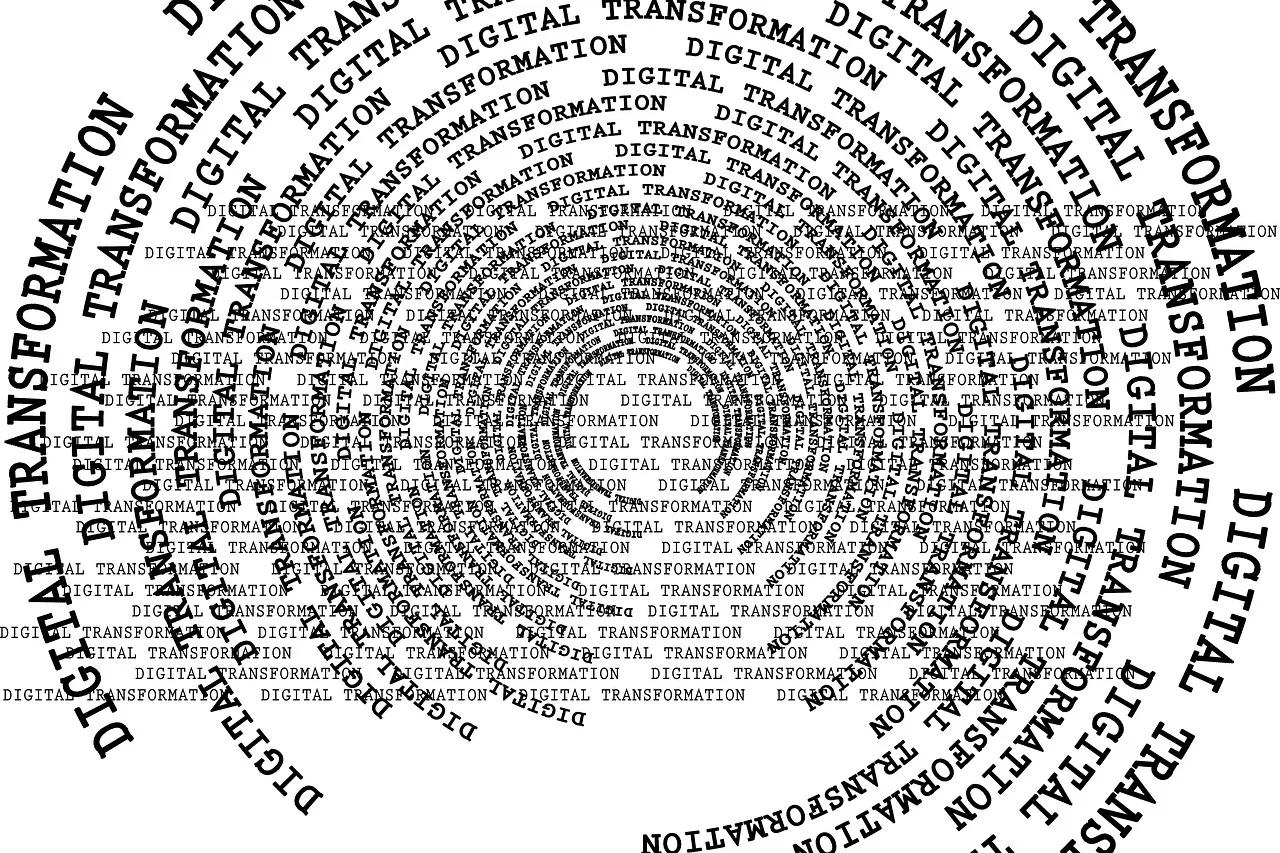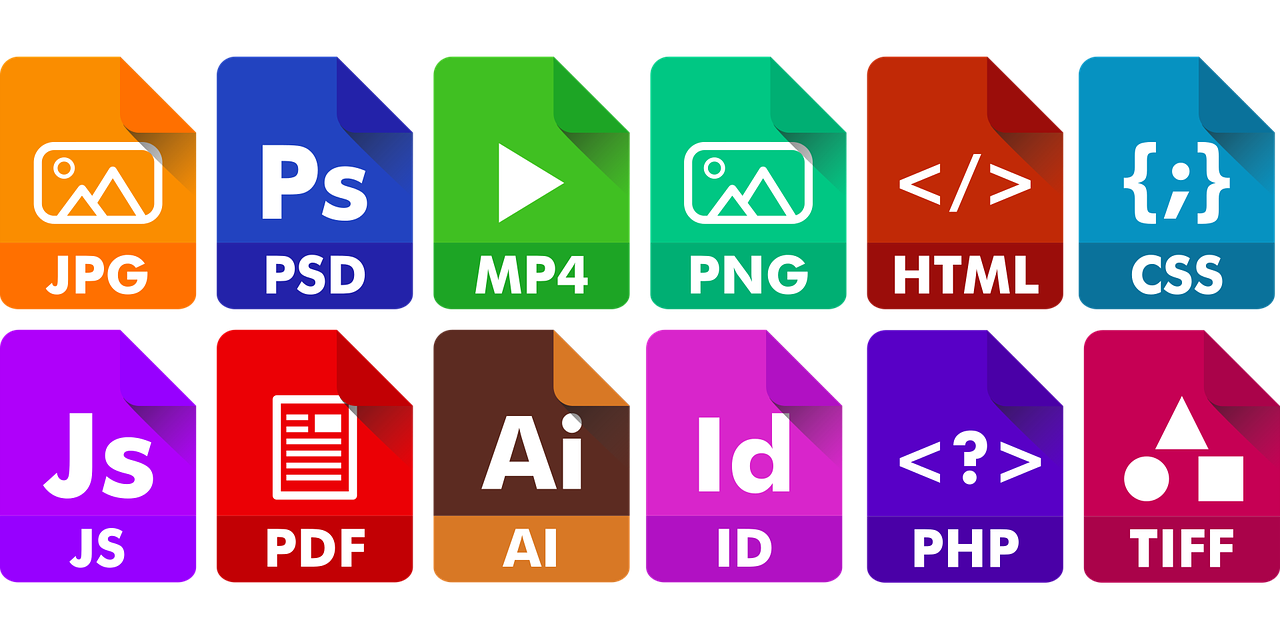
In the modern business environment, industry-specific digitization has evolved from a nice-to-have to an absolute necessity. Across sectors—whether healthcare, finance, manufacturing, or retail—the demand for tailored digital strategies grows in response to diverse operational needs, regulatory demands, and competitive pressures. Businesses can no longer rely on generic digital solutions; instead, they must implement customized digital transformation in industries to optimize workflows and ensure compliance. This article delves deep into how tailored digital solutions for compliance are shaping industry digitization, explores key technologies involved, and shares best practices for achieving successful digital transformation projects.
Why Industry-Specific Digitization Matters

Each industry functions within its own ecosystem of challenges and regulations. Understanding these nuances is critical for effective digitization.
Take healthcare, for example: patient confidentiality and strict HIPAA regulations require data to be protected at every stage. Digitization in this sector isn’t just about converting paper records into digital form; it demands secure, auditable systems that control access and track usage. The financial sector faces equally complex demands with compliance regulations like SOX and PCI DSS, where document integrity and traceability are paramount.
In manufacturing, digitization focuses on enhancing operational efficiency, improving quality control, and enabling real-time monitoring through connected devices. Retailers need agile systems that integrate digital inventory management and customer data analytics.
Therefore, industry-specific digitization involves crafting tailored solutions, rather than generic ones, to address the particular workflows, compliance needs, and data sensitivities unique to each sector.
At the core of these solutions is (*document digitization*) — the process of transforming physical paperwork into secure, searchable digital content. Following a detailed(*document digitization guide*) is critical to ensure high accuracy, data integrity, and compliance from the outset. Without a solid foundation in digitization, downstream processes can become inefficient or error-prone.
The Pillars of Digital Transformation in Industries

Digital transformation in industries is a holistic approach that changes how organizations operate internally and engage with customers. Beyond simple digitization, it encompasses automation, analytics, cloud computing, and artificial intelligence.
For instance, hospitals adopting Electronic Health Records (EHR) replace cumbersome paper charts with digital records that can be instantly accessed by authorized personnel, improving patient care. Financial institutions automate anti-fraud monitoring and compliance reporting using AI-powered analytics, cutting operational risk. In manufacturing, IoT sensors monitor machine health, feeding data into predictive maintenance systems.
Key technologies supporting these transformations include:
- (*mobile document capture*): Enables employees to capture documents and data on the go, crucial for industries with remote operations such as insurance claims or field inspections.
- (*advanced image processing*): Enhances scanned document quality by reducing noise, correcting skew, and improving OCR accuracy, minimizing errors in data extraction.
- (*quality control digitization*): Automates the verification of scanned documents to ensure that digital files meet quality and compliance standards before processing.
Adopting these tools leads to more accurate, efficient, and scalable digital processes — a must-have for companies striving to stay competitive and compliant.
The Critical Role of Tailored Digital Solutions for Compliance

Compliance is one of the most challenging yet critical drivers of digitization. Regulations like GDPR, HIPAA, SOX, and industry-specific mandates impose strict rules on data handling, storage, and auditing.
Tailored digital solutions for compliance are designed to meet these demands by automating many aspects of regulatory adherence:
- (*document classification*) systems use AI to automatically sort and tag documents according to their content and regulatory importance. This speeds audit preparation and reduces manual filing errors.
- Role-based access controls ensure sensitive information is only accessible by authorized personnel.
- Automated audit trails track all document access and modifications, providing transparency and accountability.
- Encryption safeguards data at rest and in transit.
For example, a financial institution might use these solutions to monitor transactional data in real time for suspicious activity and generate reports automatically for regulators. Healthcare providers rely on them to protect patient data and respond promptly to compliance inquiries.
Failing to implement these solutions can lead to hefty fines and reputational damage, so organizations prioritize tailored digital solutions for compliance as a foundation for digitization efforts.
Best Practices in Document Digitization and Management
Successful digitization projects begin with meticulous preparation:

- (*document preparation practices*): Organizing physical documents before scanning — removing staples, flattening pages, repairing tears — prevents scanner jams and ensures high-quality digital output.
- Thoughtful (*file format selection*) is crucial. Industries with heavy text usage often prefer searchable PDFs that facilitate easy lookup, while sectors needing detailed visuals, like manufacturing or engineering, may opt for TIFF files.
A strong project management framework — (*project management digitization*) — is equally important. This involves defining clear project objectives, deadlines, and resources, while continuously monitoring progress. Using agile approaches allows teams to adapt quickly to unforeseen challenges and optimize workflows in real time.
Monitoring performance through (*roi digitization projects*) metrics—such as time savings, cost reductions, and compliance improvements—helps businesses measure success and justify further investments.
Integrating Digitization Technologies for Seamless Workflows
Maximizing the benefits of digitization requires smart integration of complementary technologies.
Pairing (*document digitization*) with document classification enables instant sorting of documents into categories like invoices, contracts, or compliance records, speeding up retrieval and audit processes.
Combining mobile document capture with quality control digitization guarantees that documents captured remotely meet organizational standards before entering central workflows, preventing bottlenecks.
Leveraging(*advanced image processing*) improves text recognition and data extraction accuracy, which feeds more reliable data into analytics or compliance systems.
Such integrated approaches reduce manual intervention, cut errors, and ensure consistent compliance — driving operational excellence.
Maximizing ROI: Choosing the Right Digitization Projects
Digitization investments must be strategic. Prioritizing projects that deliver immediate, measurable impact is key.
Common focus areas include digitizing customer records, compliance documentation, and operational logs—documents frequently accessed or critical for regulatory audits.
Tracking project outcomes through (*roi digitization projects*) allows organizations to quantify benefits in terms of productivity gains, cost savings, and compliance adherence.
For example, automating document workflows can reduce retrieval times dramatically, cutting employee hours spent on manual filing or searching. Improving data quality with (*advanced image processing*) minimizes costly human error corrections.
Organizations that align digitization efforts with business goals and compliance mandates maximize returns and lay the foundation for scalable digital transformation.
The Future of Industry-Specific Digitization

As technology advances, industry digitization will continue evolving. Artificial intelligence will play a growing role in automating classification, anomaly detection, and predictive analytics. Cloud platforms will offer greater scalability and remote accessibility, empowering mobile workforces.
Emerging standards around data privacy and security will shape how organizations build and deploy digital solutions. This makes ongoing investment in tailored digital solutions for compliance not just important but imperative.
Companies that embrace comprehensive, industry-specific digitization strategies — grounded in robust practices like document preparation practices, (*file format selection*), and smart (*document preparation practices*) — will lead their sectors in efficiency, innovation, and compliance.
Conclusion
In summary, industry-specific digitization demands customized approaches tailored to sector-specific challenges and regulations. Successful digital transformation in industries hinges on adopting tailored digital solutions for compliance that address unique workflows and regulatory frameworks.
Organizations should build their digitization foundations on sound document digitization practices guided by detailed document digitization guides, complemented by technologies like mobile document capture, quality control digitization, and document classification. Applying [advanced image processing] enhances data quality, while smart [file format selection] and diligent [document preparation practices] ensure reliable digitization outputs.
Effective project management, digitization, and monitoring via roi digitization projects are critical for delivering lasting value and justifying further investment.
By weaving these elements together, businesses across industries can unlock the full benefits of digitization — from operational efficiency and cost savings to stronger compliance and competitive advantage.
